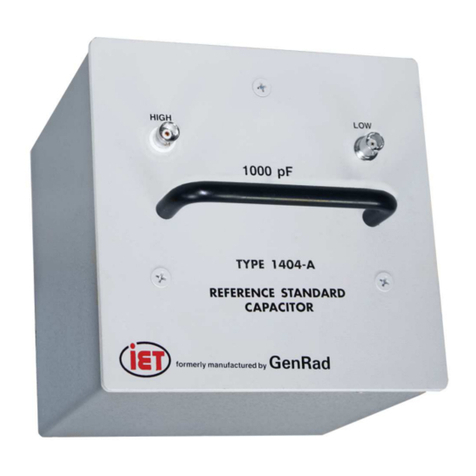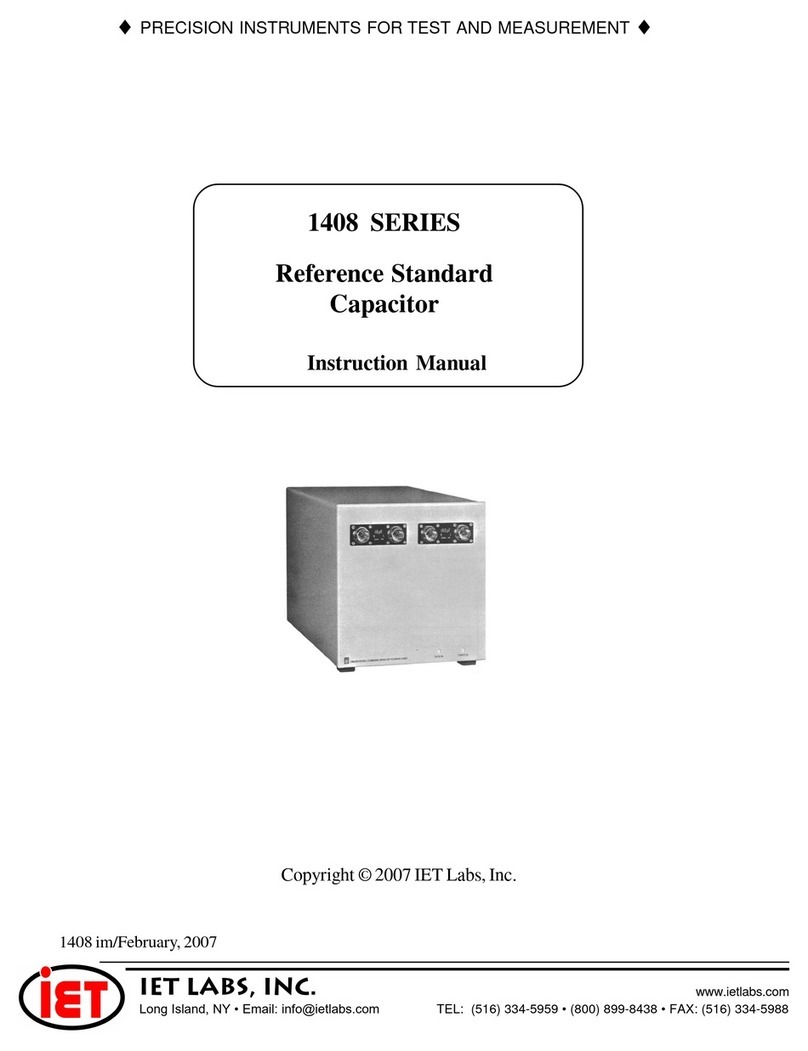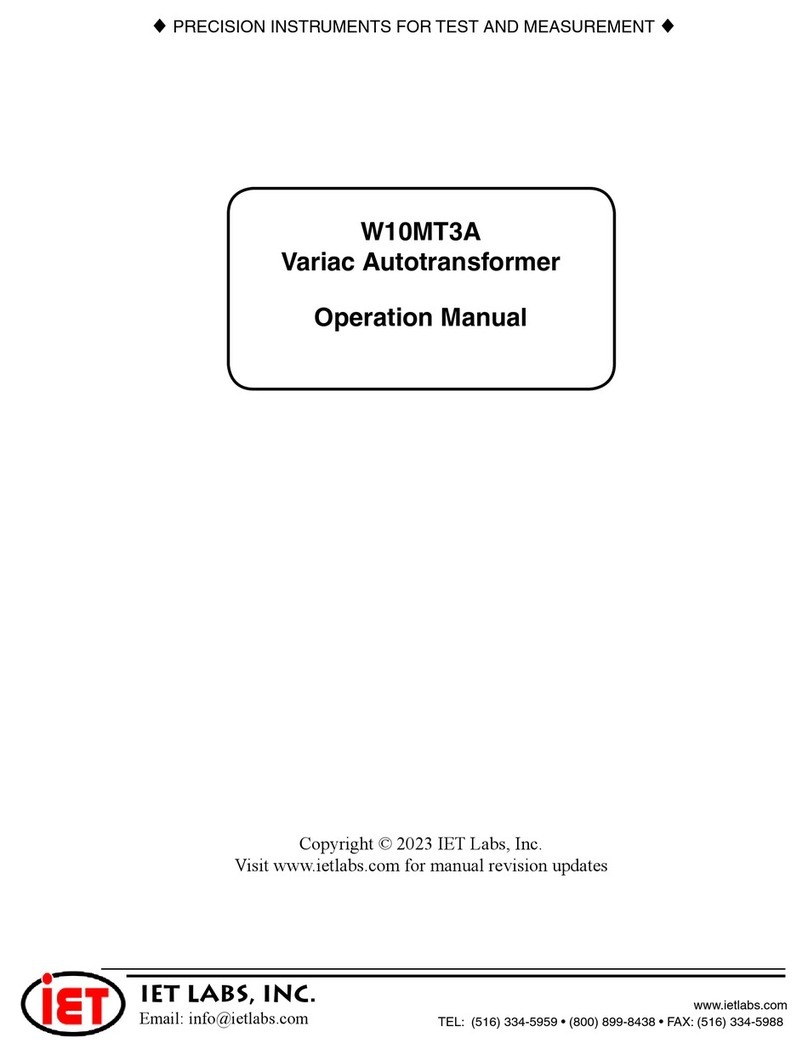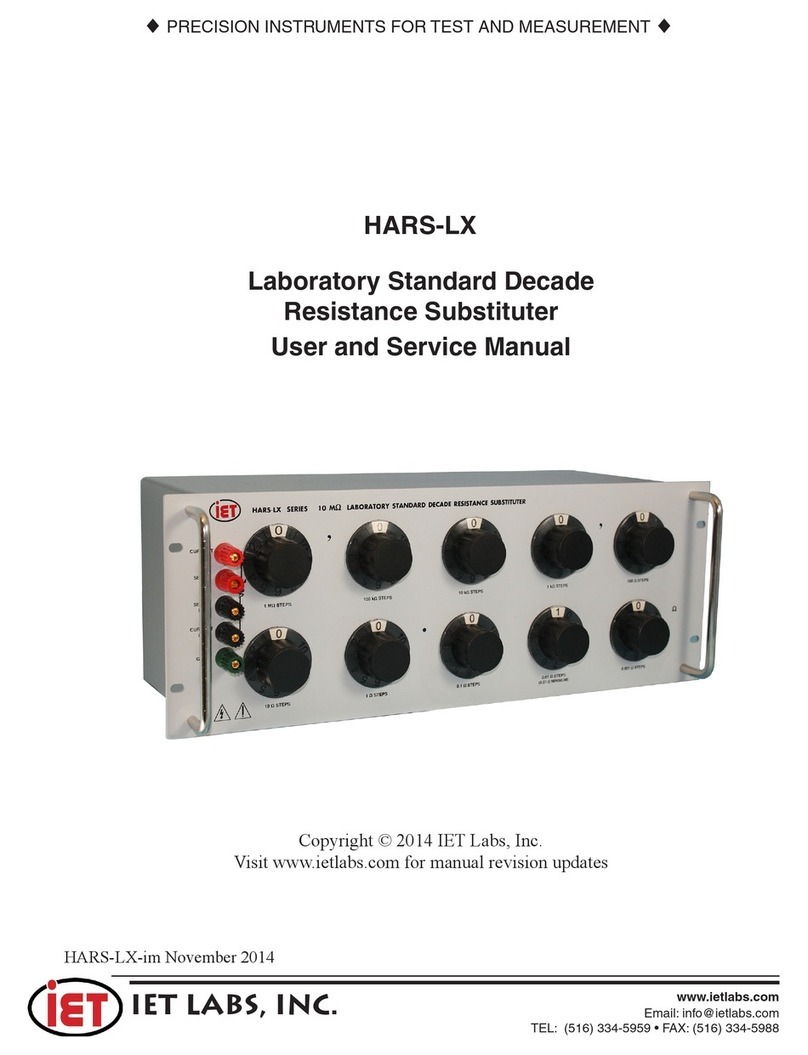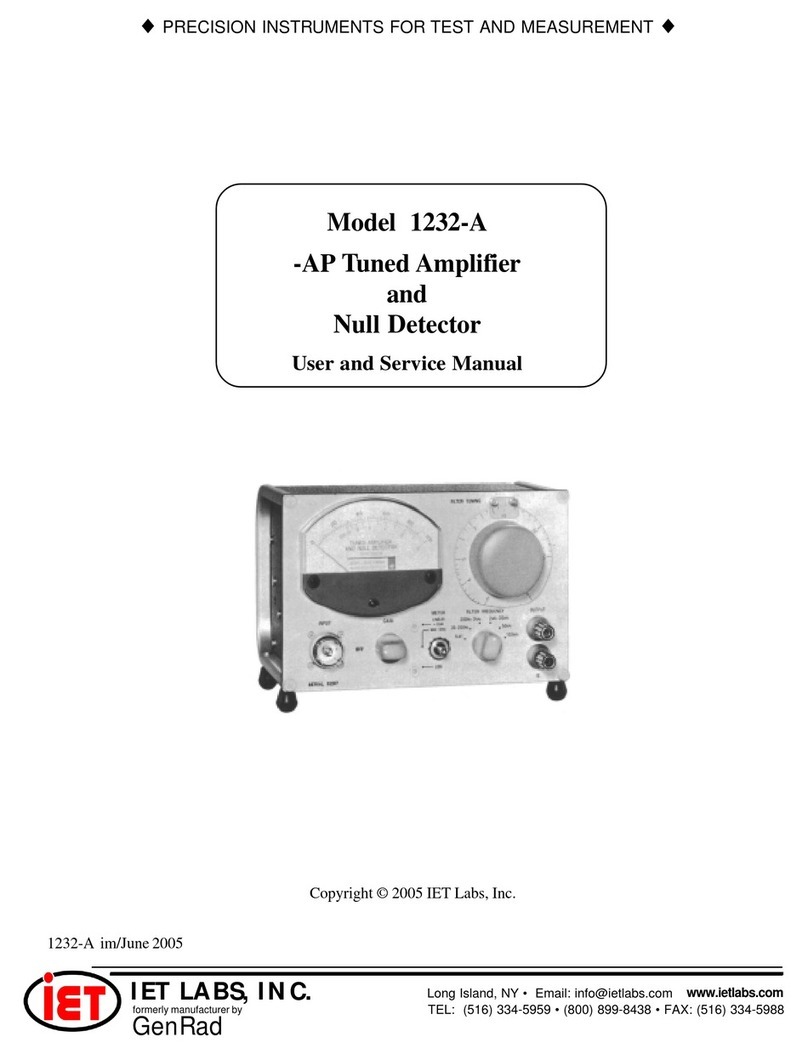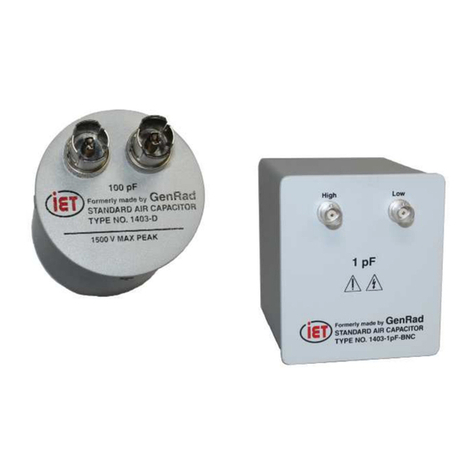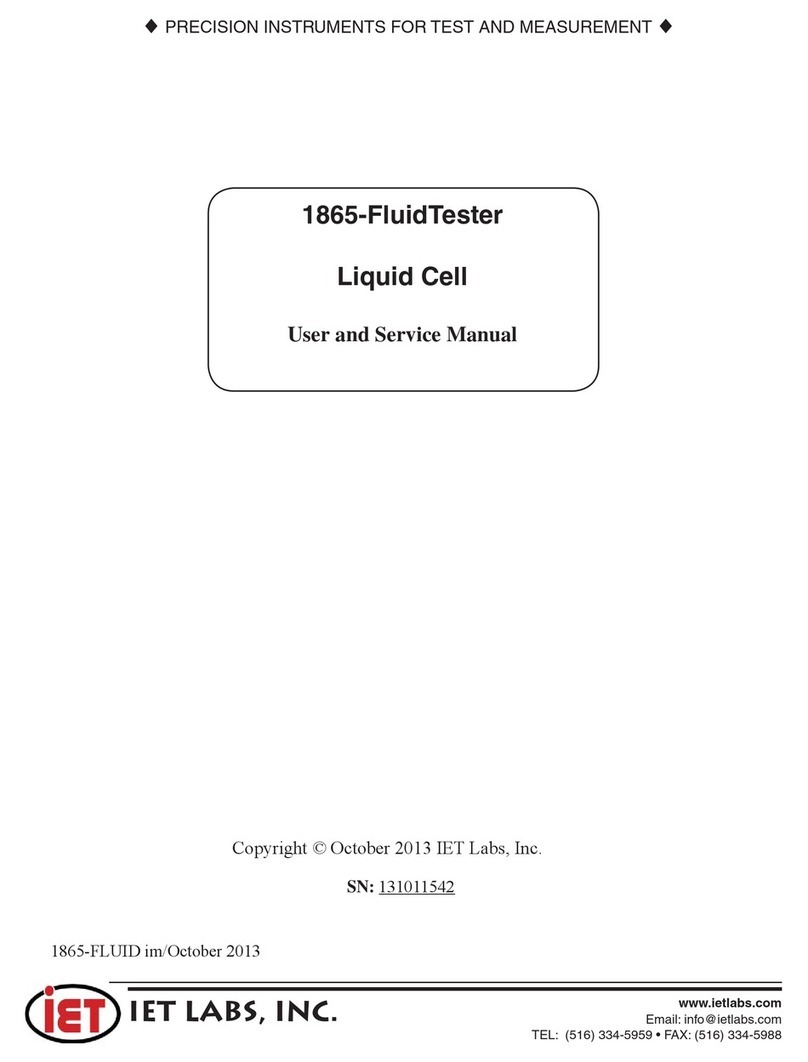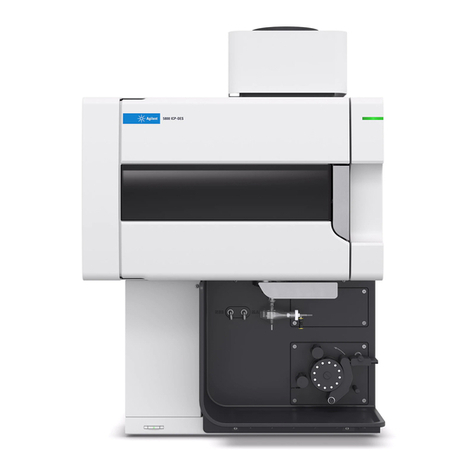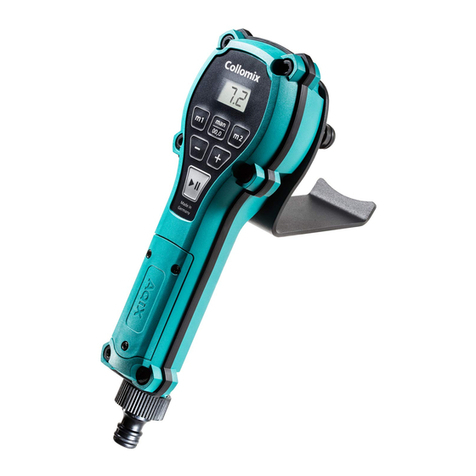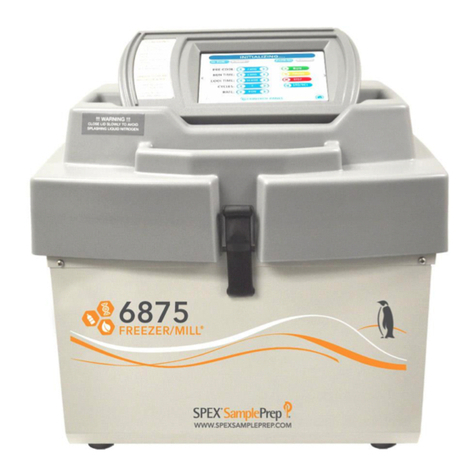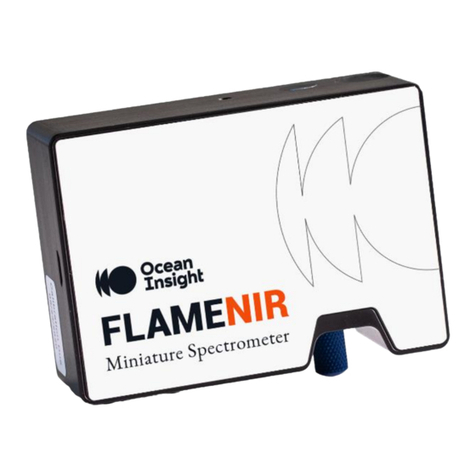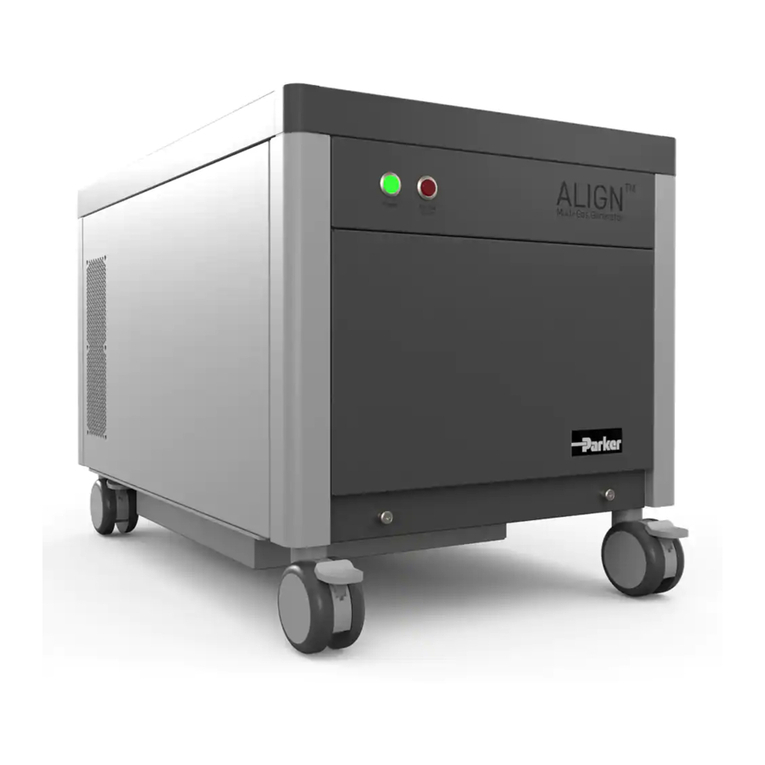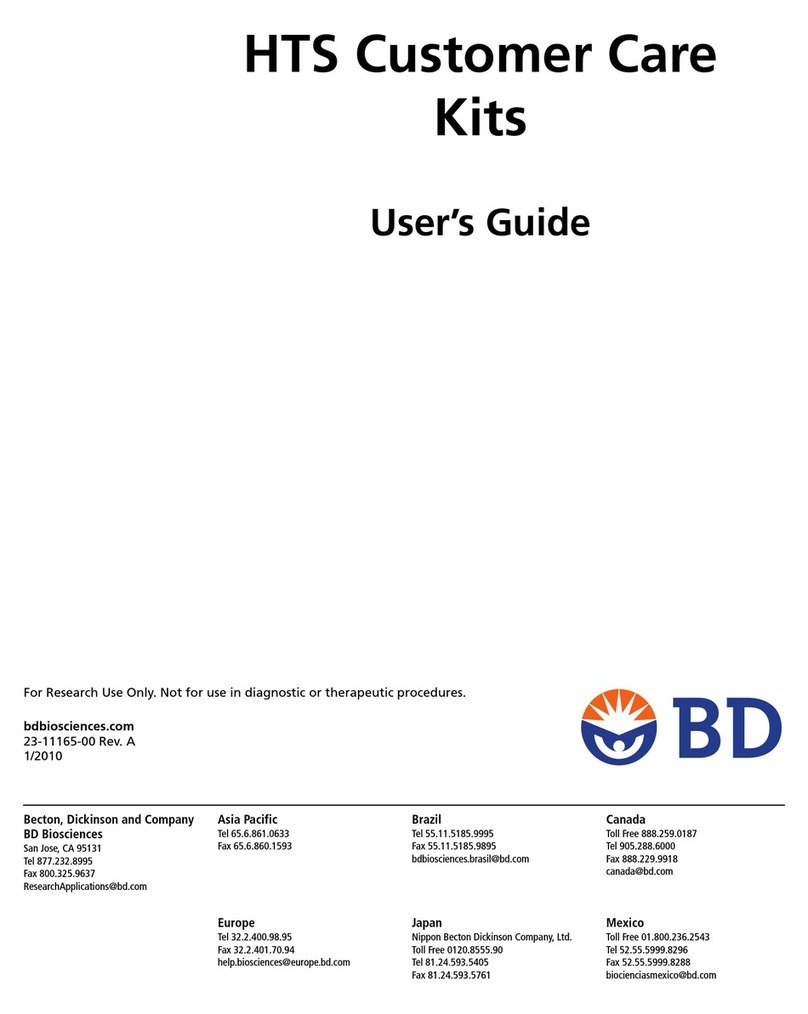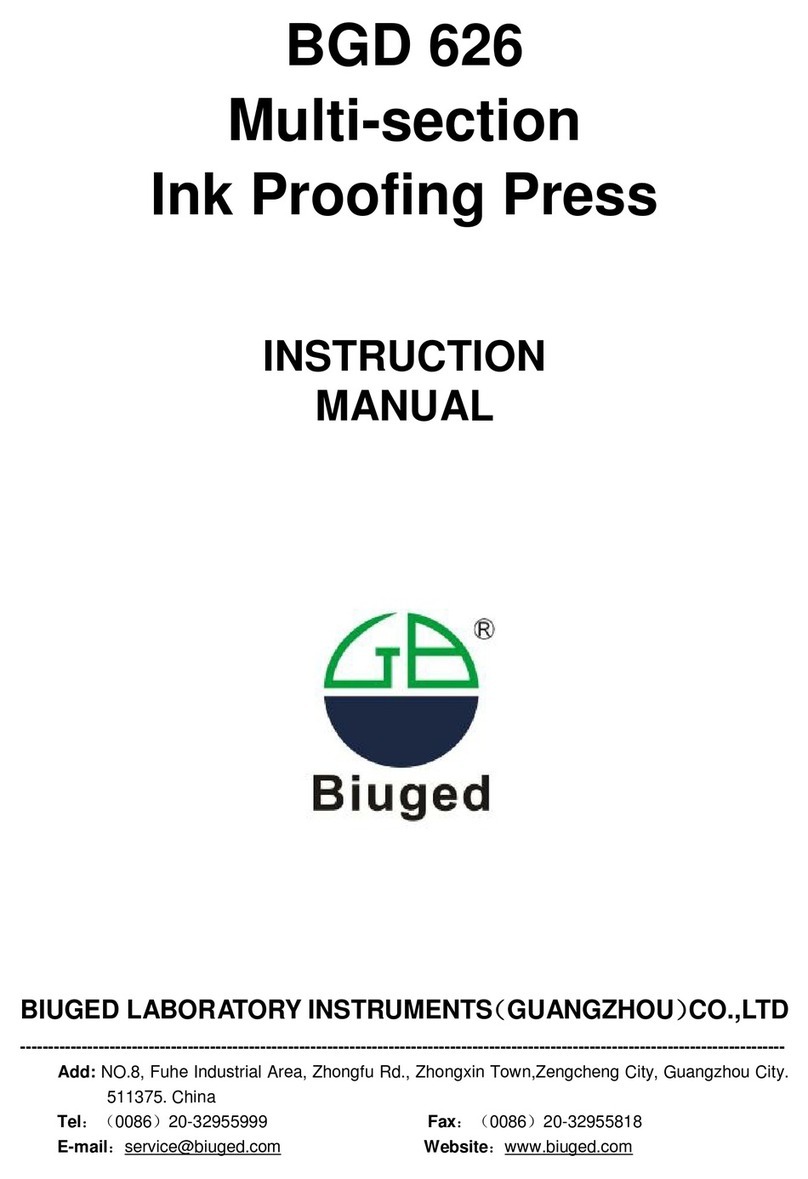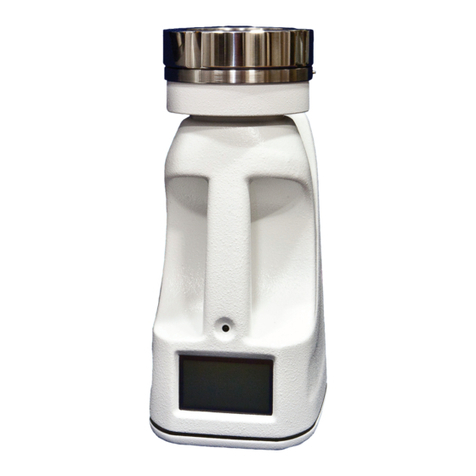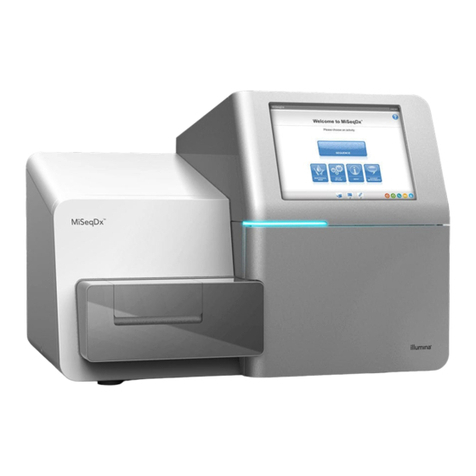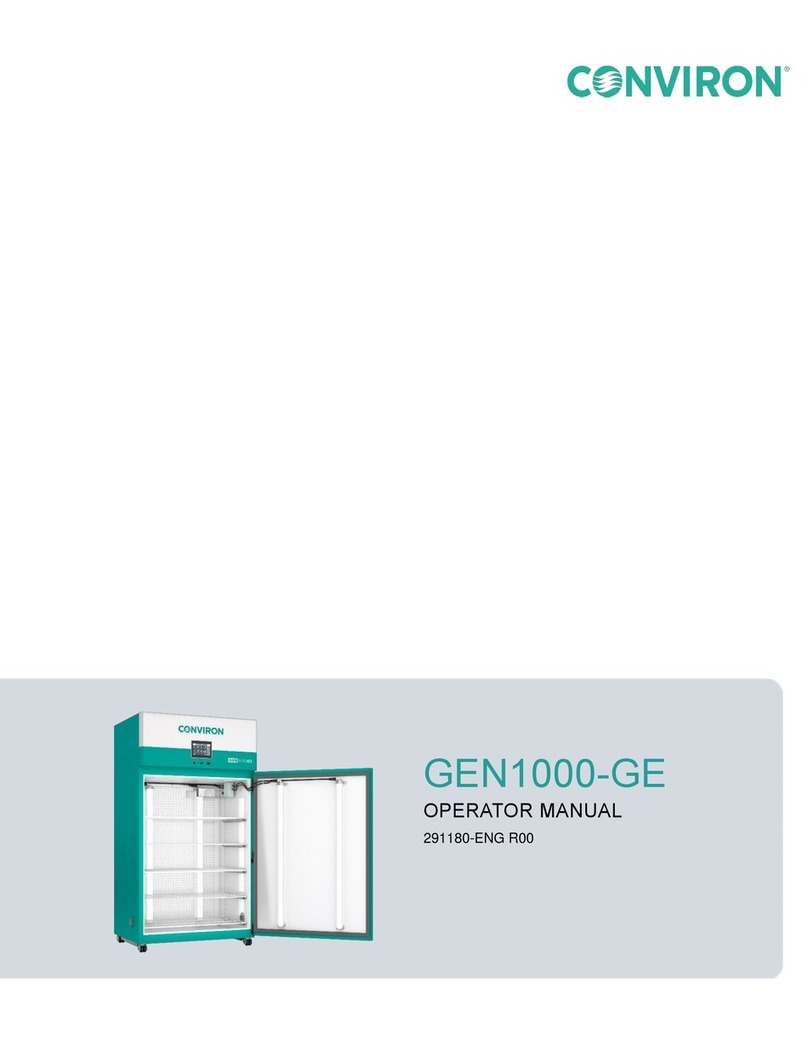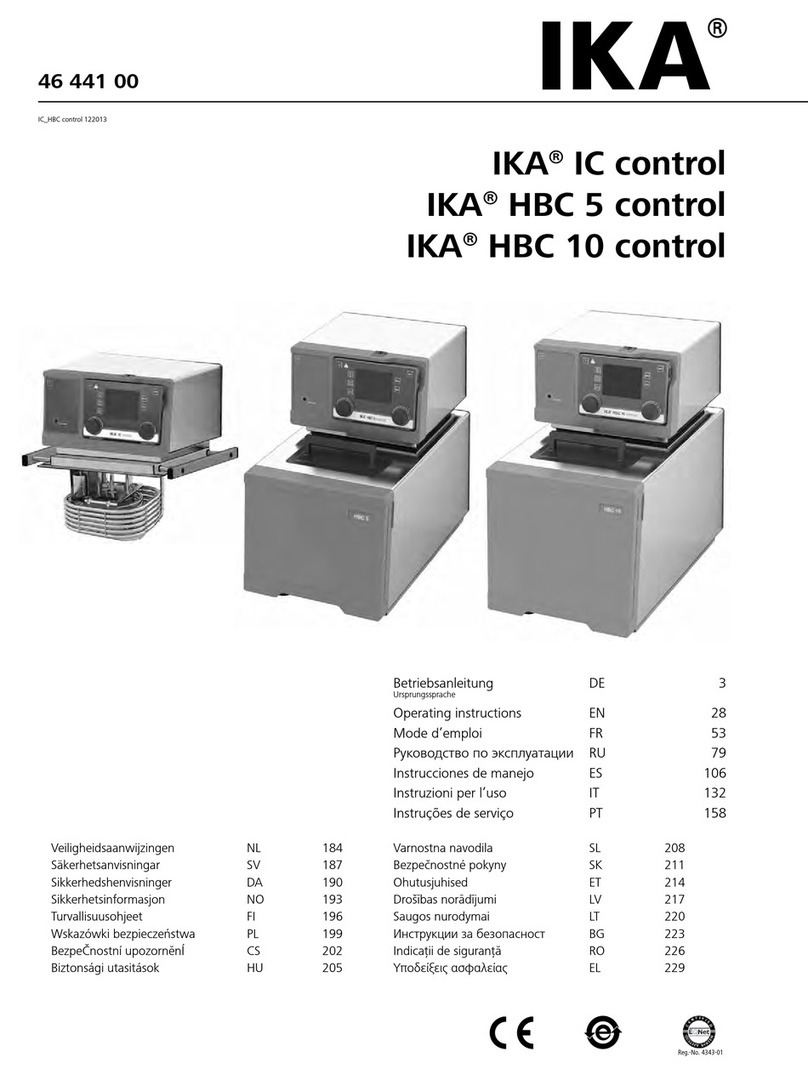
Contents
Chapter 1 Introduction .................................................................................1
1.1 Introduction...............................................................................................1
Chapter 2 Specifications ..............................................................................2
Specifications ...................................................................................................2
Label .................................................................................................................4
Chapter 3 Operation ....................................................................................6
3.1 Initial Inspection and Setup ...................................................................... 6
3.2 Connections.............................................................................................. 6
3.2.1 Connections for values ≤190 kΩ.....................................................6
3.2.2 Connections for values > 190 kΩand <100 MΩ.............................6
3.2.3 Connections for values ≥100 MΩ....................................................7
3.3 Thermal emf Considerations.....................................................................7
3.4 Environmental Conditions......................................................................... 7
3.4.1 Operating Temperature ................................................................... 7
3.4.2 Storage Temperature....................................................................... 7
3.5 Shipping and Handling ............................................................................. 7
Chapter 4 Maintenance................................................................................8
4.1 Maintainability and Reliability ...................................................................8
4.2 Preventive Maintenance ........................................................................... 8
4.3 Calibration ................................................................................................8
4.3.1 Calibration Interval ..........................................................................8
4.3.2 General Considerations ..................................................................8
4.3.3 Required Equipment .......................................................................9
4.3.4 Calibration Procedure .....................................................................9
4.4 Replaceable Parts List.............................................................................. 9
v
